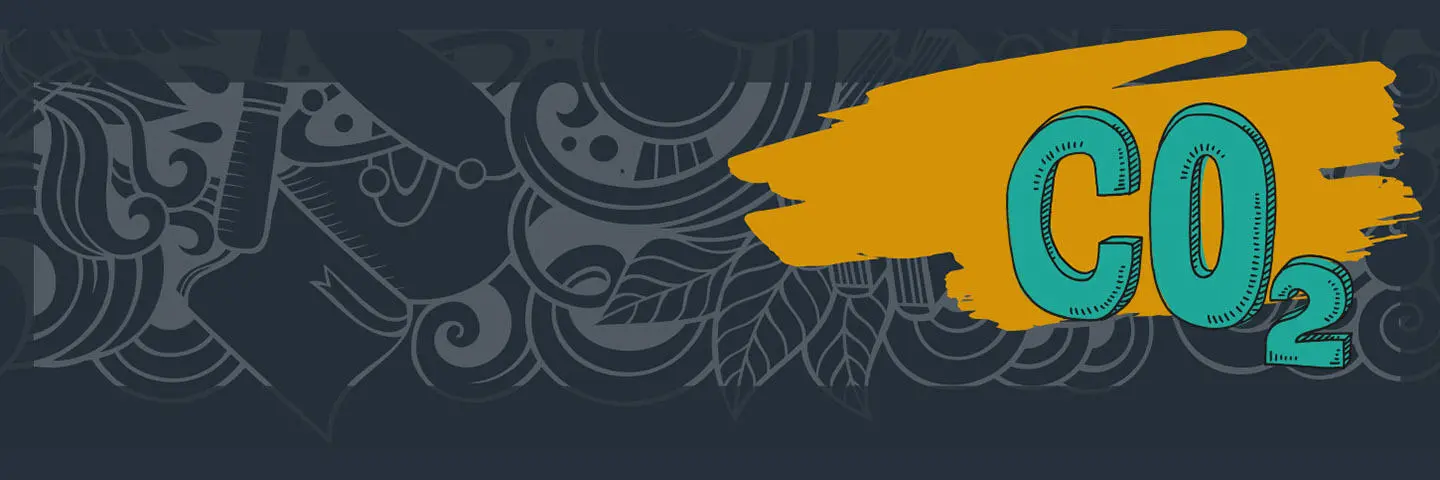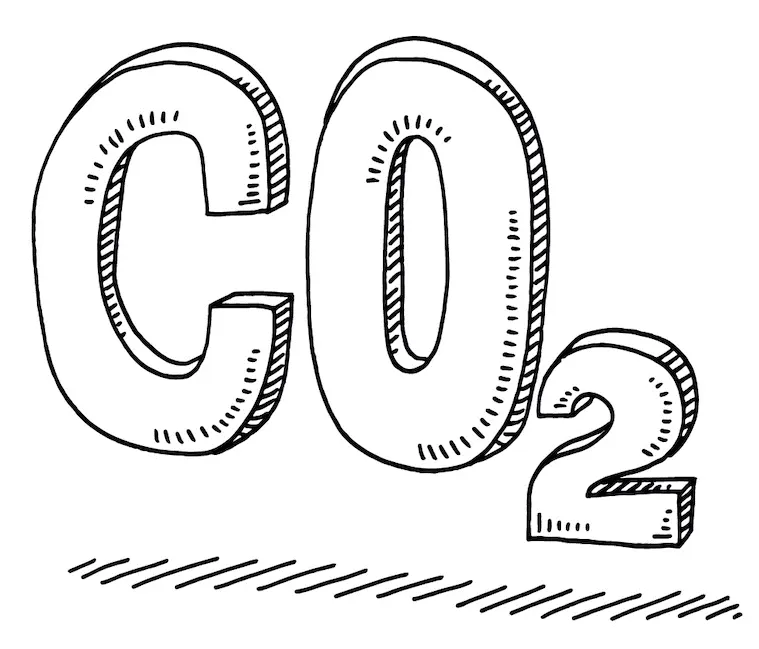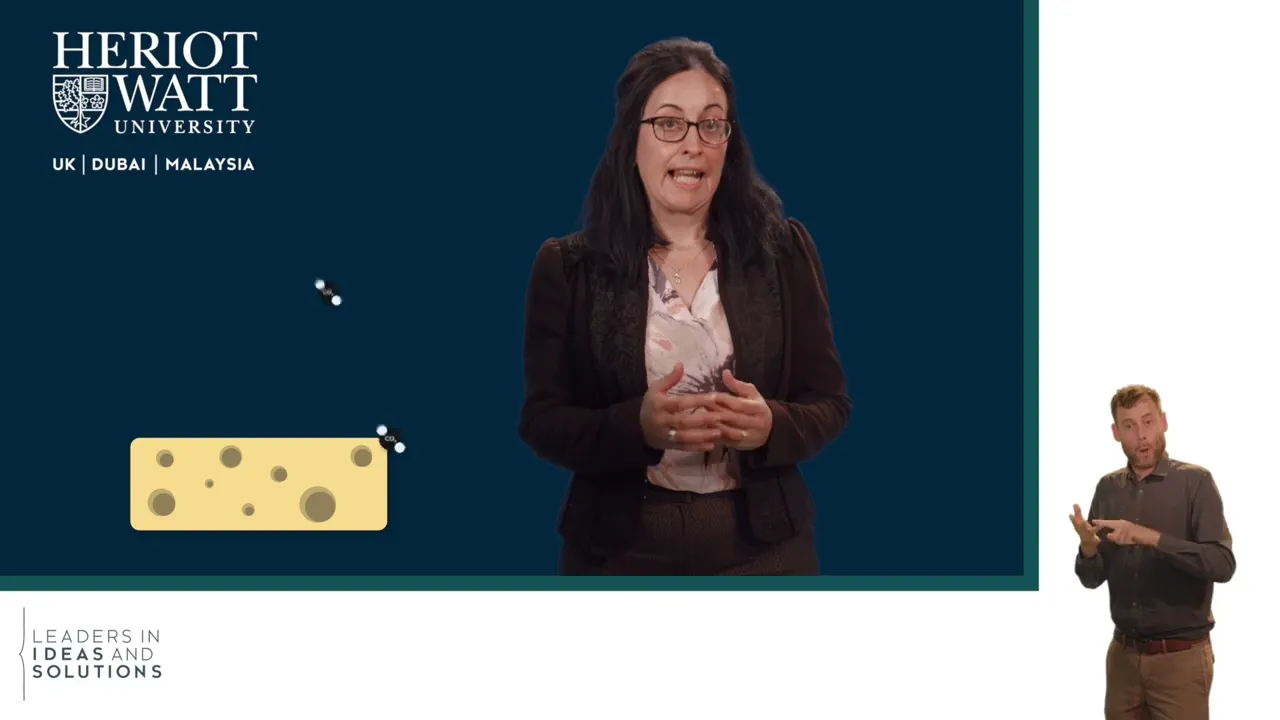Post 6: James Nasmyth - renewable energy

In the James Nasmyth building, researchers are looking into renewable energy sources, such as wind turbines and how we can catch and store carbon dioxide before it goes into the atmosphere and warms up the planet.

Through photosynthesis, trees take carbon dioxide (CO2) from the air, and release oxygen back. Oceans can also remove CO2 from the atmosphere. The problem is that currently human activities produce more carbon dioxide than the earth can remove. Heriot-Watt researchers are working very hard on new technologies that can help address that problem.
Carbon dioxide (CO2) and other greenhouse gases act like a blanket or a cap, trapping some of Earth's heat that might otherwise escape out into space.
Teams at Heriot-Watt are researching lots of different ideas, such as materials that can act as sponges for CO2 coming out of factories, what happens to the ground if we store CO2 underground, and how we could turn the gas CO2 into a solid form that won't add to climate change.
You may have started to hear the term 'net zero', but what does that actually mean? Net zero refers to achieving an overall balance between greenhouse gas emissions produced and greenhouse gas emissions taken out of the atmosphere.
The UK government has set a deadline of net zero greenhouse gas emissions by 2050, while Scotland aim to reach this by 2045. To reach those goals, Heriot-Watt has created the UK Industrial Decarbonisation Research and Innovation Centre (IDRIC), which will become a world-leading, high-impact research and innovation centre.
Industrial sectors such as cement and steel production are responsible for nearly a quarter of global greenhouse gas emissions – so our researchers are working with businesses and government to reduce these emissions and create a healthier planet.
Research Bite
Find out more in this Research Bite of Professor Mercedes Maroto-Valer, who leads IDRIC. Her team is working on a number of projects, from developing novel materials like clay-based sponges that capture carbon dioxide to creating fuels for planes made from agricultural waste and captured carbon dioxide.
Work like this will have a lasting effect across many lives and industries, so one day we can eliminate one of the big causes of climate change and ensure a sustainable energy future.

Activity
Fun activity alert! Learn how to create carbon dioxide and blow up a balloon with only four ingredients.